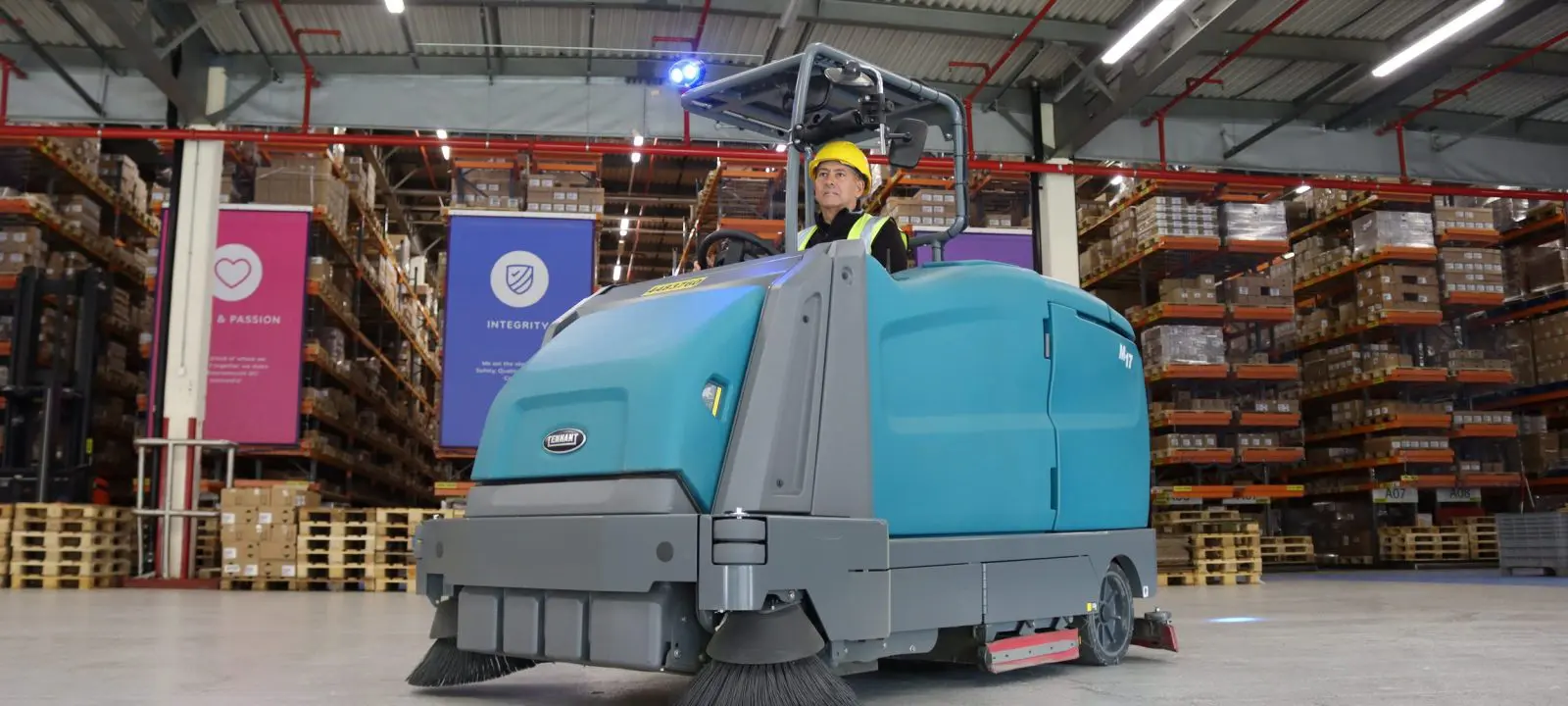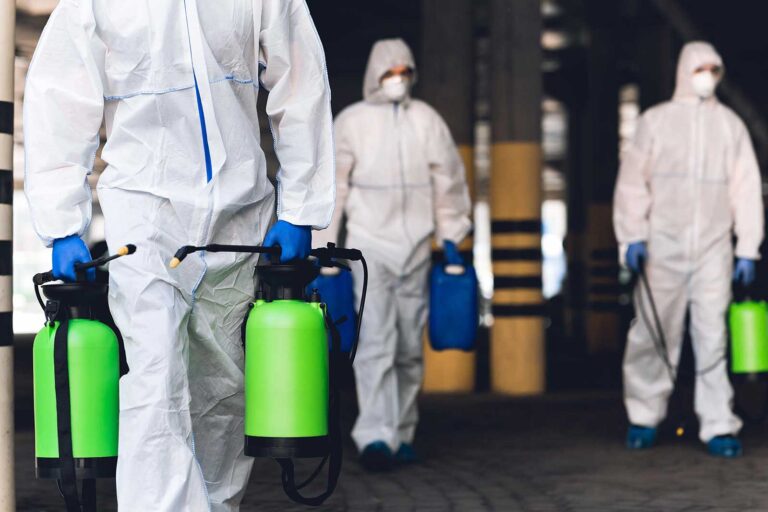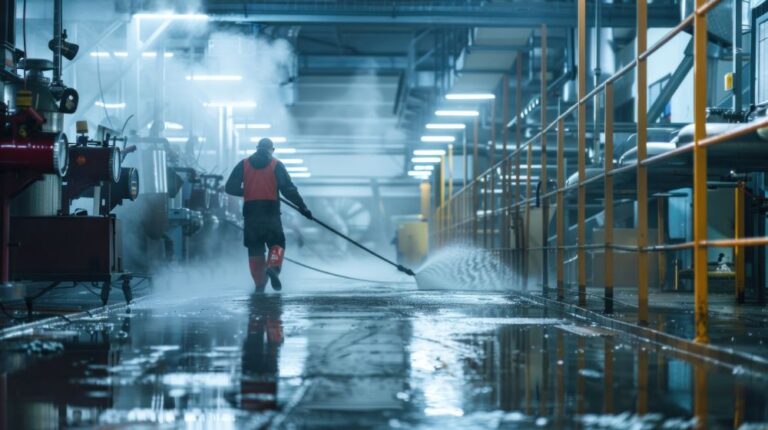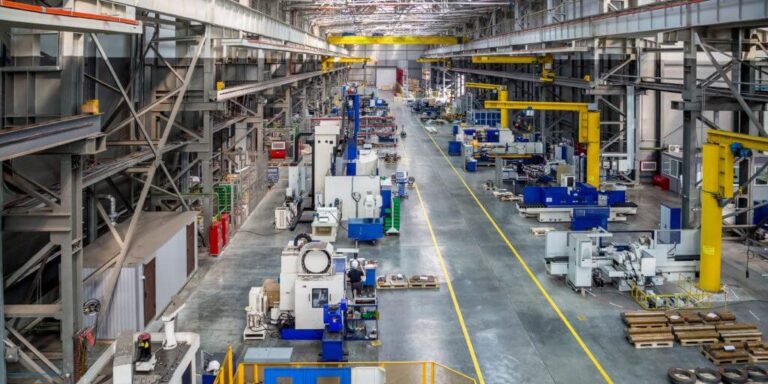Factories are often busy environments filled with machines, raw materials, and constant foot traffic. With so much going on, indoor air quality can easily get overlooked. However, poor air can directly impact worker health, machine efficiency, and compliance with safety standards. The good news? There are practical and effective ways to improve air quality without making major changes to your operations.
Start with Understanding the Sources
Every factory is different. The type of production you run determines what contaminants might be in the air. Some common sources include welding fumes, dust from materials like wood or metal, exhaust from forklifts, or even chemical vapors. Understanding what your workplace produces helps in planning targeted improvements.
It’s also useful to check your ventilation system. If air is being recirculated without filters, pollutants just keep moving around. Regular inspections of vents, ducts, and filters can reveal a lot about what might be circulating indoors.
Make Ventilation a Priority
Ventilation plays a big role in air quality. In a factory setting, relying on open windows or doors isn’t enough. Mechanical ventilation systems that pull fresh air in and push polluted air out are essential. Where possible, using natural ventilation alongside mechanical systems helps reduce the load on equipment and ensures a more consistent flow of clean air.
Installing local exhaust systems, like fume extractors or dust collectors, can also prevent harmful particles from reaching the larger workspace. These systems are especially important for areas where cutting, grinding, or welding takes place.
Control Humidity and Temperature
Humidity doesn’t just make the environment uncomfortable, it can cause mould, which affects air quality. Similarly, high temperatures may increase the release of harmful gases. Keeping the indoor climate controlled with dehumidifiers or HVAC systems creates a more stable atmosphere.
Temperature control also benefits machinery, reducing wear and tear caused by overheating and extending the life of expensive equipment.
Keep Machines Well-Maintained
Machines can be a hidden source of airborne particles. When gears wear out or filters become clogged, tiny fragments or oil vapor can escape into the air. Scheduling regular maintenance helps reduce these risks. Clean, efficient machines also perform better, reducing the likelihood of unexpected downtime.
Older equipment may need retrofitting with modern filters or emission controls. While this is an investment, it improves overall air quality and keeps your factory aligned with evolving safety regulations.
Encourage Clean Work Practices
Small daily actions can make a big difference. For example, making sure materials are stored properly reduces the chance of spills or dust spreading. Encouraging workers to report leaks or damaged ducts means problems get fixed faster. Training teams on the correct disposal of waste also prevents harmful substances from being left in work zones.
Some factories find value in creating designated clean zones. These spaces have stricter air quality controls and are used for sensitive work. Over time, this can help contain pollutants and keep them away from common areas.
Use Professional Support When Needed
Maintaining good indoor air quality is ongoing. While many improvements can be made in-house, professional support can help you go further. Using professional industrial cleaning services ensures deep cleaning of areas that are hard to reach during routine checks. This can include ceiling fans, duct interiors, or behind large equipment.
These services are trained to remove industrial dust and contaminants thoroughly, reducing the buildup of airborne particles. They also follow safety standards, helping your site stay compliant with health regulations.
Regular Monitoring is Essential
It’s not enough to set systems in place and forget about them. Air quality should be checked regularly. There are tools that measure levels of specific gases, particulates, or humidity. Setting up sensors in key locations helps you track changes over time. When something shifts, you’ll know exactly where to look.
Employee feedback is just as important. If workers are frequently reporting headaches, fatigue, or breathing problems, it might be a sign that indoor air needs improvement. Always take these complaints seriously and investigate as needed.
Review Cleaning Products and Supplies
The products used to clean your factory can also impact air quality. Strong chemical cleaners may release fumes that linger. Choosing low-VOC or eco-friendly options helps keep the air safer for everyone. Store chemicals securely and train staff to handle them properly to avoid accidents or spills.
Invest in Green Spaces
If space allows, introducing greenery indoors or just outside entrances can help filter air naturally. Plants absorb certain pollutants and release oxygen, making them a useful supplement to mechanical systems. While they won’t replace proper ventilation or cleaning, they can enhance the work environment and boost morale.
Wrapping Up
Air quality doesn’t improve overnight. But with a clear plan, it can become part of your factory’s long-term goals. Set realistic targets, train staff regularly, and update systems as your operations evolve. This proactive approach ensures that the air remains safe not just today, but well into the future.
If you’re serious about maintaining a healthier environment for your workforce, consider booking an evaluation or support session with a qualified provider. Getting expert help now can prevent costly issues later and help your factory run at its best.




